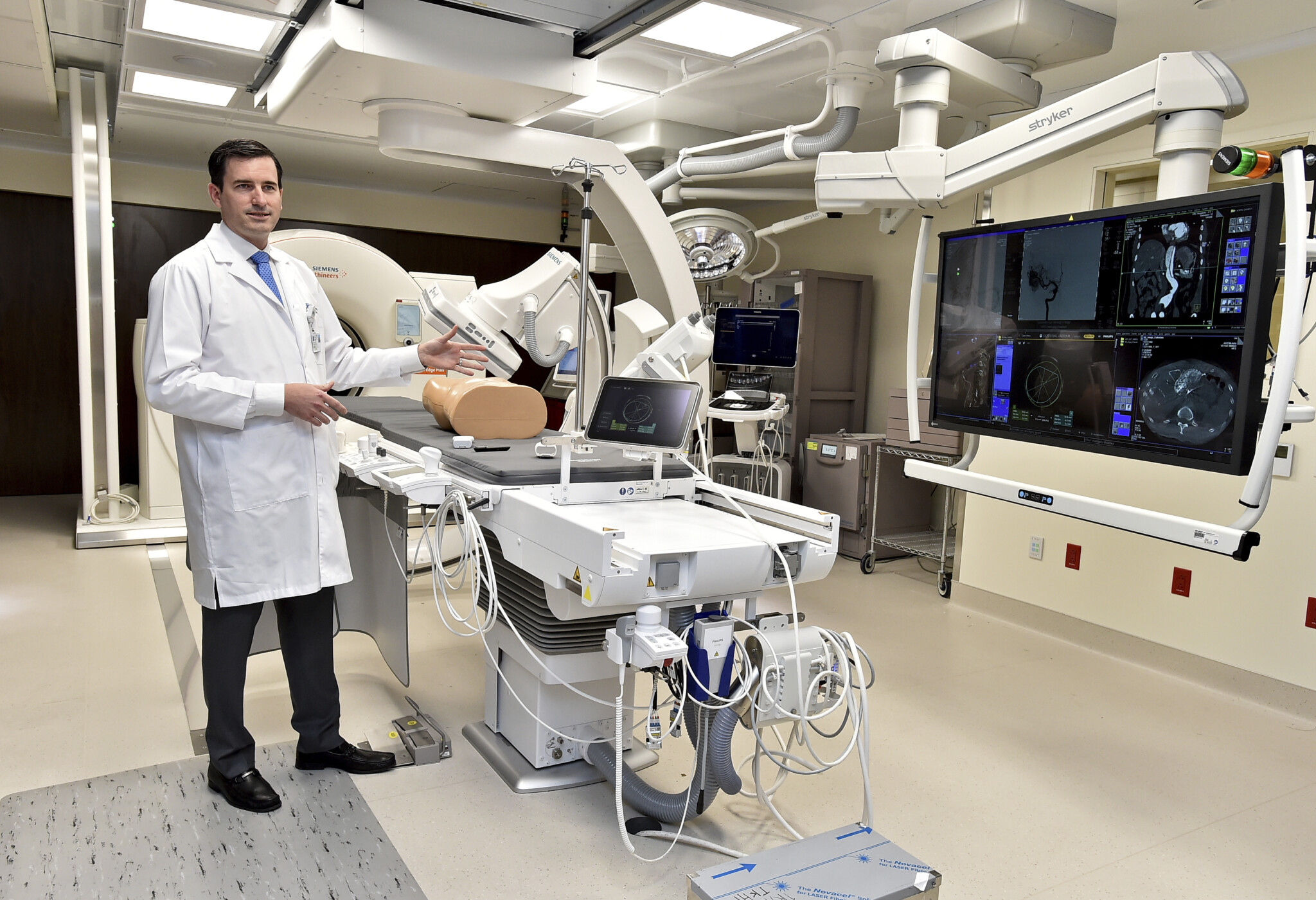In 2016, Barack Obama’s vice president, Joe Biden, proposed the Cancer Moonshot, a bold initiative to speed progress against the ravages of cancer. Biden chose language that reminded Americans of their earlier triumphs in the space race, which had required a combination of science, funding, and political will.
This was not the first time a political leader took up the challenge of eradicating cancer. Richard Nixon proposed a similar challenge in 1971 when he declared a “war on cancer.” However, Biden’s pronouncement reflected the reality that there had only been incremental progress in decades, but that new science—from immunotherapy to AI—could represent “giant leaps” for humankind’s battle against the disease.
The long war
To a casual observer, it may seem like not much has happened over the last few decades to improve survival rates from most types of cancer. In the developed world, it is estimated that half of men and a third of women will be afflicted with a form of the disease. In Canada, two in five Canadians will receive the dreaded diagnosis at some point in their lives. In 2023, cancer claimed the lives of 86,700 Canadians, making it the leading cause of death.
When you take a closer look, however, the reality is much brighter. Since the 1990s, age-adjusted cancer mortality rates in Canada have fallen significantly, declining 39 percent% in men and 26 percent in women between 1988 and 2021. One of the greatest advances has been in childhood leukaemia, once nearly always a death sentence, which now offers over a 90 percent five-year survival rate. While global pharmaceutical companies are often “fair game” in the press for the supposedly sky high prices charged for their medications, this is quite simply how the armies of tens of thousands of scientists and doctors who have toiled tirelessly for decades in pharmaceutical industry laboratories have been funded.
Prevention first
The game changer that has resulted in these important improvements in cancer survival has been prevention. Anti-smoking campaigns in Canada and around the world have prevented millions of premature deaths since the 1970s. Some countries (e.g., Turkey) have even gone to somewhat comical lengths, blurring cigarettes in the hands of actors in TV shows, leaving only a pixelated circle on the screen instead of a lit cigarette! The HPV vaccine, first offered in the U.K. in 2008, has cut cervical cancer rates among young women in their 20s by 90 percent. This has been such a resounding success that health officials now talk about eliminating cervical cancer entirely by 2040, much like how polio was eradicated three-quarters of a century earlier.
The new frontier: Immunotherapy and the chronic cancer model
If the most advanced weapons in the fight against cancer were chemotherapy and radiation in the last century, the latest ones are immunotherapy-based, unleashing the body’s own immune system to fight cancer.
Patients are being exposed to a new nomenclature of therapies: checkpoint inhibitors, CAR-T cell treatments, and personalized vaccines are changing the game for what was once a fatal diagnosis. Skin cancers, which had grim survival odds only 15 years ago, are now being managed as chronic conditions rather than a death sentence. Similar breakthroughs are just around the corner for lung cancers, lymphomas, and even some stomach and intestinal cancers.
What does this mean for patients? The shift is transformative, with discussions around survival rates and palliative care shifting to care plans that now span decades. Cancer is now being treated much like other diseases such as HIV, diabetes, and heart disease: not something that can be cured but controlled, monitored, and lived with for decades. This is giving millions of people a new lease on life.
There is no question that the cost of some of these new therapies is staggering. However, for Canadians who pay some of the highest income tax rates in the developed world—rivaling or exceeding those in places like France, the U.K., and Germany—access to these medications must be a right and not a roll of the dice based on the whims of public payors.
We cannot discuss the high cost of some of these therapies without also discussing the potential savings to health-care systems. A cancer that is caught and treated in the earliest stages will keep a patient out of the hospital and help avoid some of the costliest aspects of the health-care system, like extended stays in highly specialized hospital wards and surgery. This is not even bringing into account the years gained by patients in the workforce and spent with loved ones.
AI joins the fight: Earlier detection, better outcomes
Another new weapon in this battle comes from artificial intelligence. Tools such as those developed by Health Canada–approved Qure.ai are now analyzing chest X-rays and CT scans to spot cancers, sometimes decades earlier, before symptoms occur. The impact on survival cannot be understated. Qure.ai’s technology flags tiny lung nodules or subtle lesions, findings that could otherwise be missed, particularly in overburdened and under-resourced health-care systems in rural and remote parts of the country. The payoff with this technology is huge. When caught early, five-year survival rates for lung cancer jump from about 20 percent to more than 60 percent.
In Canada, given the challenges in accessing diagnostics (patients are often waiting four to six months for an MRI for cancer detection), AI can be a leveller. A chest X-ray performed in a small northern Indigenous community in Manitoba can be uploaded and flagged instantly, triggering a rapid referral to oncology teams in Winnipeg. These aren’t theoretical pilot projects. This is happening right now and improving survival rates by shaving months and sometimes years from the diagnostic pathway.
A cure for cancer? A noble moonshot for our generation
Cancer is no longer the death sentence that it once was. Immunotherapies are giving decades of life back to patients. AI is improving early detection. Prevention continues to save millions of lives quietly, year after year. Investments in new drug development will continue to yield breakthroughs. Just as the devotion of the aeronautical engineers, mathematicians, physicists, and computer programmers who made the moon landing a new era in humankind’s progress, so too will the hard work being done by tens of thousands of scientists, researchers, clinicians, and professionals in the life sciences industry around the globe.









